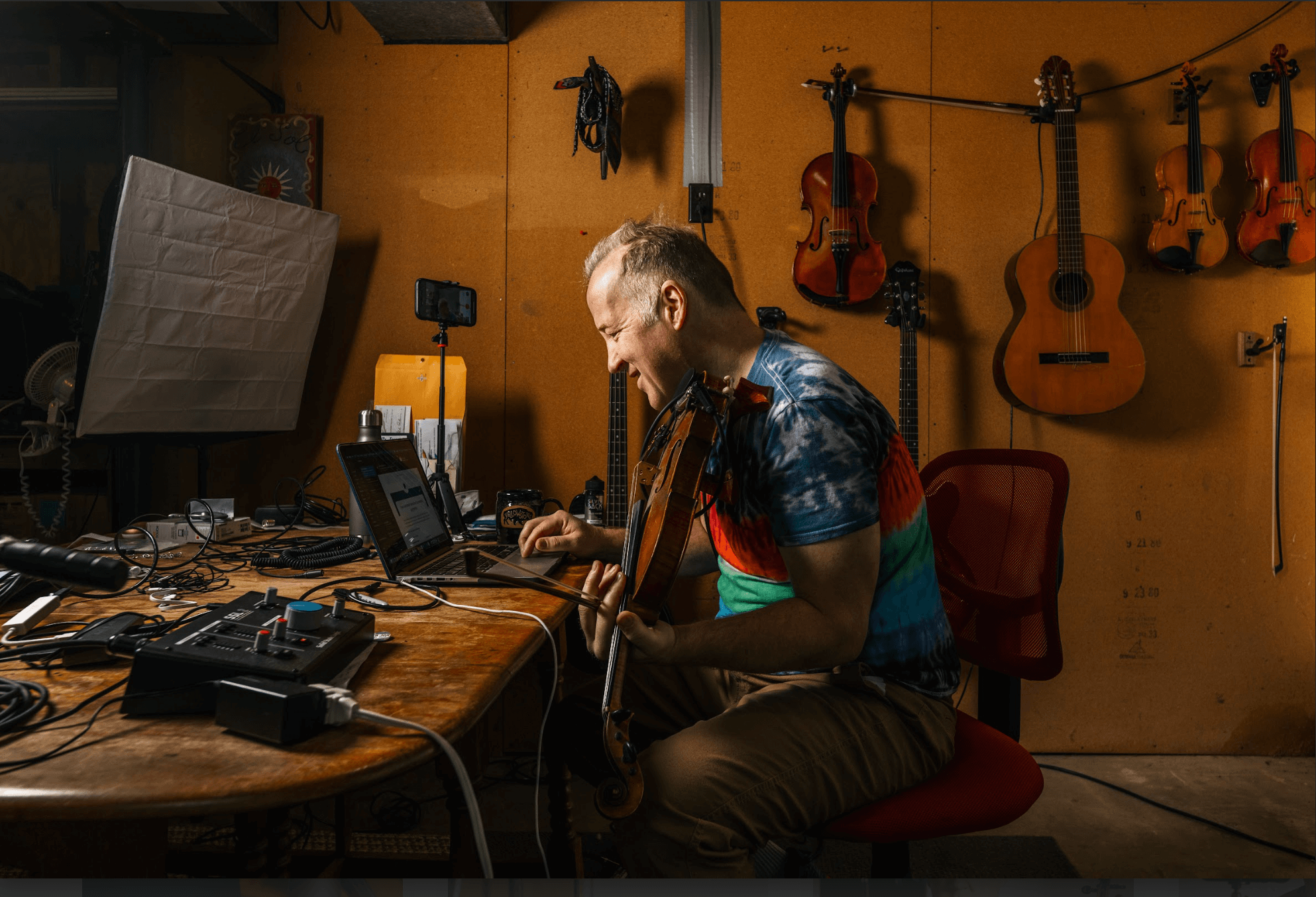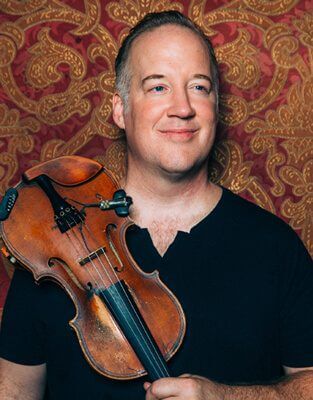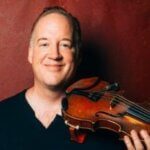I’ve always loudly maintained that classically trained instrumentalists (particularly string players) lag far behind musicians trained in jazz, rock and other traditions when it comes to improvisation, composition, and general “know-how”, and that this equates to a deficit in musicianship for string players.
The cycle continues as generation after generation misses out on key aspects of what should be standard in any musician’s education. Forget about whether you’re into jazz, classical, pop music, or whatever. I’m talking about musicianship, plain and simple, and this includes more than performing on an instrument.
Where this needs changing the most is in our classical music education system. (For more on this, see my editorial article in the July issue of Strings Magazine).
In May when I visited to work with orchestra director Clark Chaffee’s string program at Stevenson High School I was pleasantly shocked to learn that he requires every student to write their own composition, including bass lines, inner voices, counterpoint, melody, and chord progression. Perfect!
As far as I’m concerned, his curriculum should be adapted by every classical music education program in the country. His worksheet is really well done and should enable any music student to understand and execute a decent piece of “tonal” music. And it’s a direct refutation of anyone who thought this couldn’t be done. Thanks for lifting our standards and setting the bar where it should be Clark!
The Senior Director of Orchestras and Guitar at Stevenson High School in Illinois, Clark Chaffee is also currently serving as Vice President of the Orchestra Division of the Illinois Music Educators Association (MENC) and was recently appointed to the MENC Orchestra Education National Advisory Board.
With all the talk of national standards for music education and very little action, it’s nice to see real leadership. Most string teachers still only pay lip service to the idea of incorporating composition, improvisation and/or so-called “alternative styles”. I don’t blame them. It takes a lot of courage to pursue a brand new skill set.
Everyone should literally take a page out of Clark’s book. In fact, just take the whole book. Contact Clark directly to ask him about his composition assignment at cchaffee@d125.org . The way this guy works, he’ll probably just give it to you.
What’s the result of this kind of innovative and holistic music educational approach?
One example is the work of Clark’s daughter, a formal student in her father’s orchestra program, and CIM cello undergrad, Sarah Chaffee, who is quickly gaining notoriety for her Youtube covers of pop tunes, many containing meticulously crafted arrangements which incorporate motifs from the classical cello repertoire.
Here’s an example from her Youtube channel which contains an array of super-awesomely-creative multi-media works which she poured her heart and soul into:
It’s cool how Sarah blends her love of pop music and classical music, and she can improvise, compose, arrange, play the cello, produce videos, market herself, etc. Sarah is an example of what I define as a “creative string player”. She is taking her career in her own hands and I predict that by the time she receives that orchestra job she’s been working so hard towards she won’t need it, because she’s so capable as a musician of doing an array of fun and self-directed things.
Maybe she will take the gig, and continue doing her “creative” work on the side. That’s the point, isn’t it, that Sarah’s work is initiated by Sarah. How many college string players are initiating their own music productions in this way?
On a side note: Here’s another example of how classical source material can be used creatively. In this live performance, I improvise over Paganini’s 24th caprice with an ensemble comprised of church musicians raised by ear on music and encouraged to play all styles. These guys weren’t phased in the least when I suggested playing Paganini:
Clark’s work as a teacher and the resultant impact it has had on his daughter, demonstrates the kind of result that courageous string teaching can have over generations. One irony is that Clark is not a string player (he’s trained as a percussionist).
Over his entire career, Clark has developed curricula, materials, and routines to help students become better musicians sooner. Publications of his includes Rhythm Workshop and Key Shapes for Strings.
Interview With Clark Chaffee
What’s next for you?
CC: The student & parent video production team at Stevenson will soon be launching our own YouTube channel featuring short humorous and instructional videos to help our students understand how to thrive in our orchestra family and in our curriculum.
Serious discussions and planning have begun for the Stevenson Strings Academy – a sequence of orchestra and guitar ensembles that will prepare younger students for the musical and academic rigors of the Stevenson Orchestra program. The official start is expected to be September of 2012.
The program will be unique in part because it will be run through the high school’s community outreach program (PREP) and will have very tight coordination with the high school and sender school orchestra and guitar faculty. The initial concept was mine and I will be the first artistic director. When word about this got to the rest of our Fine Arts faculty, they all began to work on designing similar format offerings. It will be interesting to see where this goes – it could become a great resource for our community and department.
What motivates you?
CC: 1. Developing supportive communities in which making music is the reason for being together, but becoming better and more productive members of society is the primary focus.
2. Performing music at a level that changes lives.
What do you want people to know about that you’re doing?
CC: Ever Evolving. “Retirement” comes next summer but I’ll continue to be on the lookout for ways to perform and serve the larger music education community. Our Stevenson Strings Academy will provide an opportunity for me to hone a variety of master classes that I’ve developed over the years, most of which come from continually seeking ways to better serve my students.
We also hope to have a fairly complete set of videos that will help students and parents become comfortable with our orchestra ‘corporate’ environment and our annual activities.
…
Some clinics Clark is developing include: “Rhythm Workshop- help for the rhythmically dysfunctional”, “Blues Basics for Strings”, “Key Shapes for Strings”, “Fingerboard Geography”, “Basics for Beginning Composers”, and “Basics for Song Writing and Arranging”.
Learn more about the Creative Strings Workshop and sign up for a free trial to learn improvisation online at the Creative Strings Academy.






